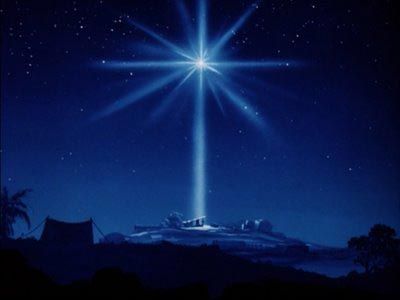Tomorrow night the first candle of the Chanukah Menorah will be lit.
Today
is the first Day of the Roman celebration Saturnalia. Tomorrow
the First Night of
Chanukah coincides with the Fourth Sunday of Advent. Next Wednesday,
December 21 marks the Winter
Solstice in the Northern Hemisphere and of course Christmas follows on the 25th.
The First Night of Chanukah is 25 Kislev in the year 5777 in the Hebrew Calendar. The date on many calendars will say December 18,
but don’t let that fool you—by tradition the observance begins
a sundown the evening before. The festival
will run for eight nights until December
26 or 2 Tevet. But don’t look for it on these exact dates again anytime soon. Because the Hebrew Calendar is Lunar,
the dates float in relationship to
the Gregorian Calendar anywhere from
late November to late December.
Christmas, as most people but willful
fundamentalists know, is celebrated around
the time of the Solstice because
the early Church wanted to co-opt the
return-of-the-sun festivals long observed and treasured by the pagans—the
catchall name for the country people with pre-Christian faiths. The actual
birthday of Jesus, a/k/a the Christ Child, if it was a historical event as recounted in the Gospels, is unknown but
thought by some Biblical scholars to
likely have been in the Spring when shepherds typically stayed out in the fields with their flocks to
protect the new born lambs from wolves.
Elements of the Christmas
story, especially the Star leading
the Magi to the stable, echoed the symbolism
of the return of the light in the pagan traditions. And Christ/Jesus himself, his tiny head ringed by a halo in icons and paintings,
marked the arrival of the Light of
God and hope for humanity.
Chanukah represents another miracle
of light. When Judah Maccabee, his brothers, and followers entered Jerusalem after
a long and victorious guerilla rebellion against the Greco-Syrian Seleucid
Empire ruled by Antiochus IV Epiphanes and his Hellenized Jewish allies. The found the Temple of David profaned
by an idol to the god/king
Antiochus and the unclean rituals performed by his priests. In the Holy of Holies, the seven-branched golden candelabrum called the Menorah, essential to worship and which must be kept lit, was found with
only enough oil to burn for one day. It would take more than a week to prepare
and ritually purify more oil.
The Maccabees lit the flame anyway and it miraculously
burned for eight days, long enough for the new oil to be prepared.
Because it is not described in the Torah or prescribed in ancient Law
like Passover, Yom Kippur, and Rosh
Hashanah, Chanukah is
officially considered a minor Jewish
holiday. But its cultural importance is far greater even than its religious
significance. Because of the many persecutions of Jews through the centuries and because the ritual could safely be performed in the privacy of the
home and away from prying eyes,
Chanukah became a celebration of hope
for deliverance against oppression as the Maccabees delivered the Temple
from the defilers. Stories about observances even in Nazi extermination camps have added special significance to the holiday for
many.
In Europe and
the U.S. the rise of Christmas from a
holy day to a long season that overwhelms and
dominates everything else even as it has become more and more secularized, many Jews ramped up their
own observances of Chanukah so their children
would not feel left out by the excitement
and presents of Christmas. Many non-Orthodox
and secularized Jews, as well as
the many dual-faith families, have
even adopted or a so called Chanukah
bush or even embraced Christmas
as the secular holiday of Santa and sales alongside of Chanukah.
I know, it’s complicated.
But we have an undeniable connection between Saturnalia,
Solstice, Chanukah, Christmas, and other observations this time of year around
the world. I call them all together the Festivals of Light and several years
ago celebrated them all in a poem
which is included in my collection, We
Build Temples in the Heart published in 2004 by Skinner House Books of Boston. It is one of two of my seasonal poems
that is fairly widely used in Unitarian
Universalist services this time of year.
Miracle of Light
When the sky has swallowed the sun,
left us in icy darkness
save the brief gray memory of
light
escaping from its stifled
yawn.
When hope and heat and harvest
have been banished into night
and dread, despair and death
grip our forlorn hearts—
Then, just then a light
returns.
Druidic fires tor to hillock
call again the sun
and shyly does it come once
more.
The awful gloom of tyranny
is banished by a zealous few
so that a Temple drop of
Macabean oil
may burn a mystic week.
Some account a sudden brilliant star,
a nova in Judean skies
to mark a coming messenger
of hope and faith and love.
And though the gloom may crowd us still
the light may lift our hearts
until this spinning, turning
ball
we ride around the sun.
brings us again to Spring,
—Patrick Murfin




No comments:
Post a Comment